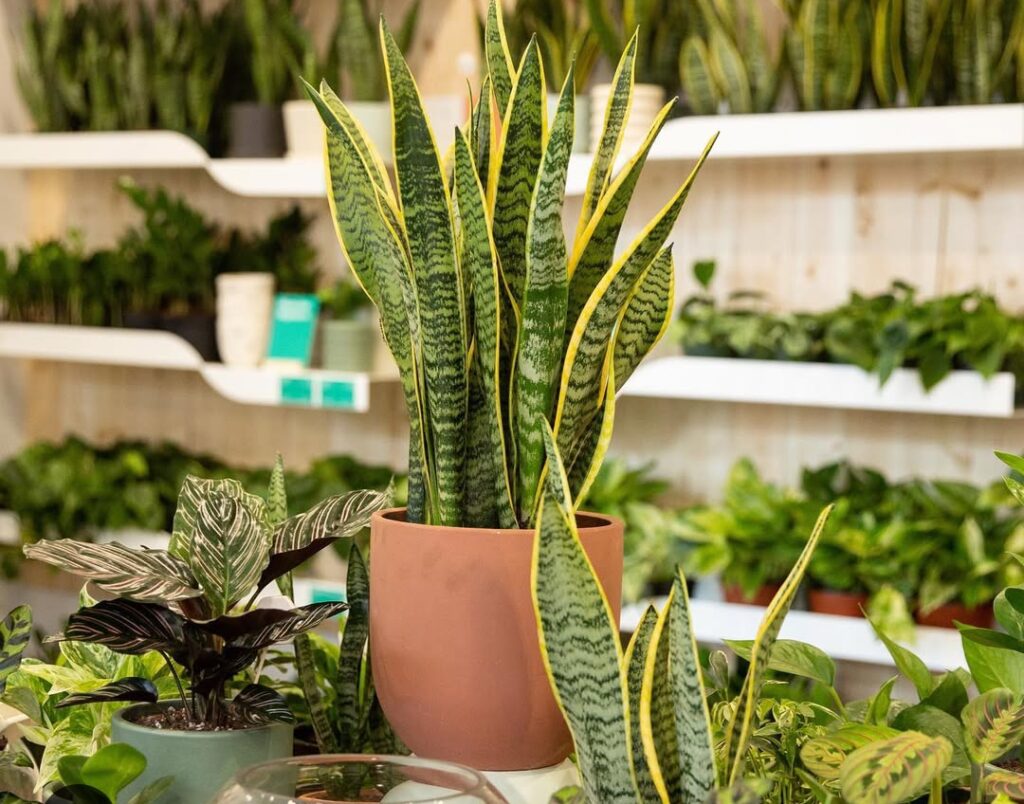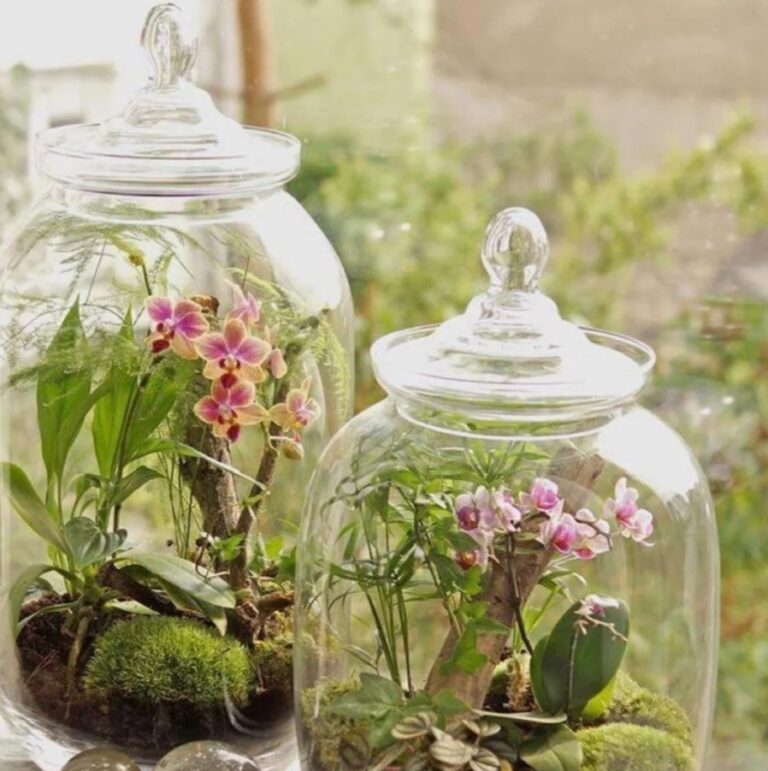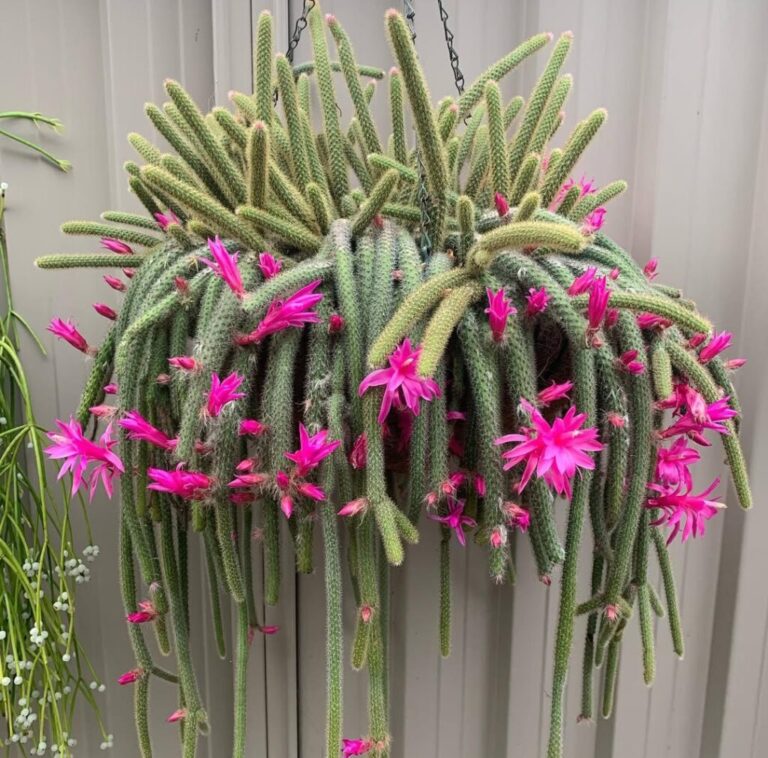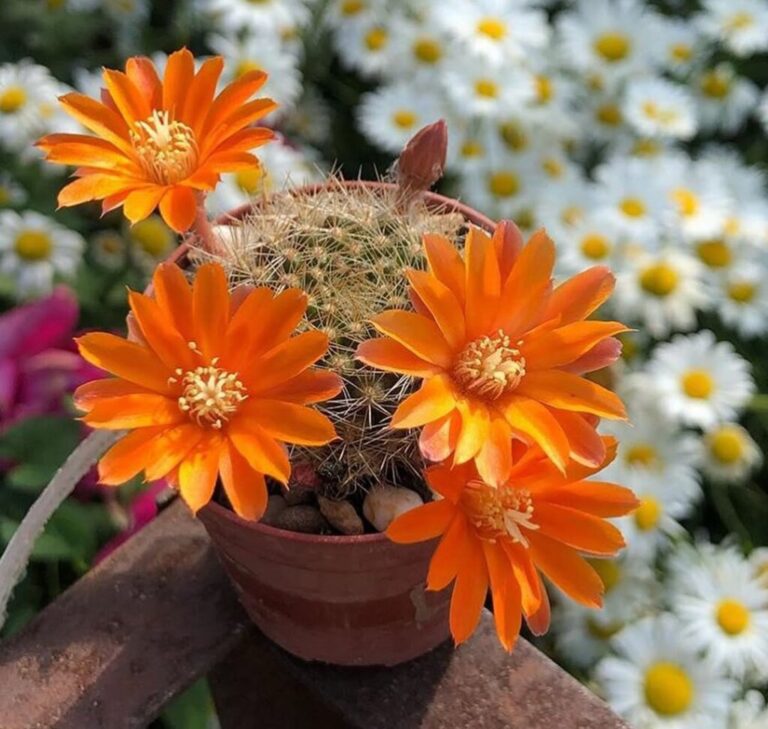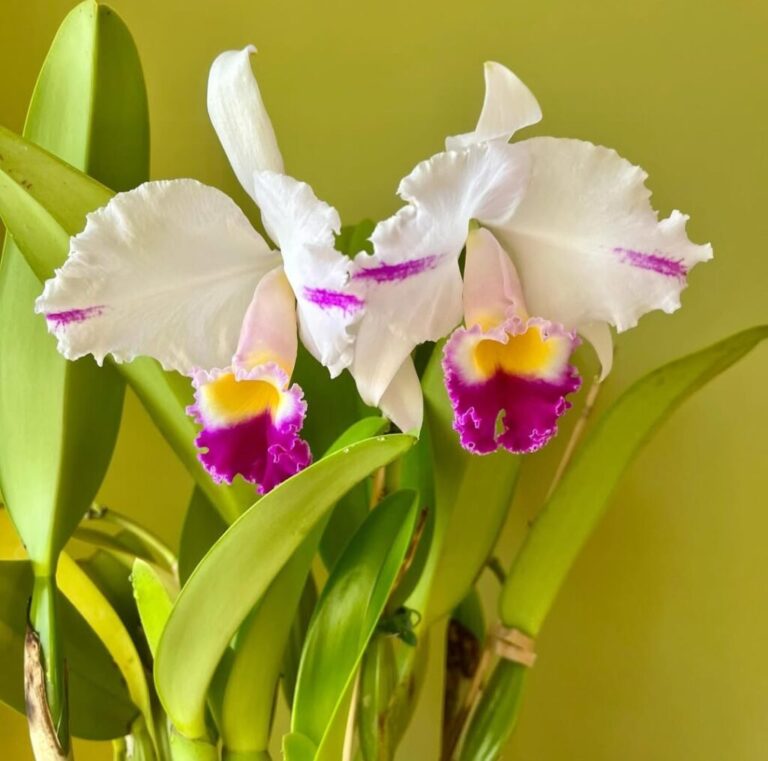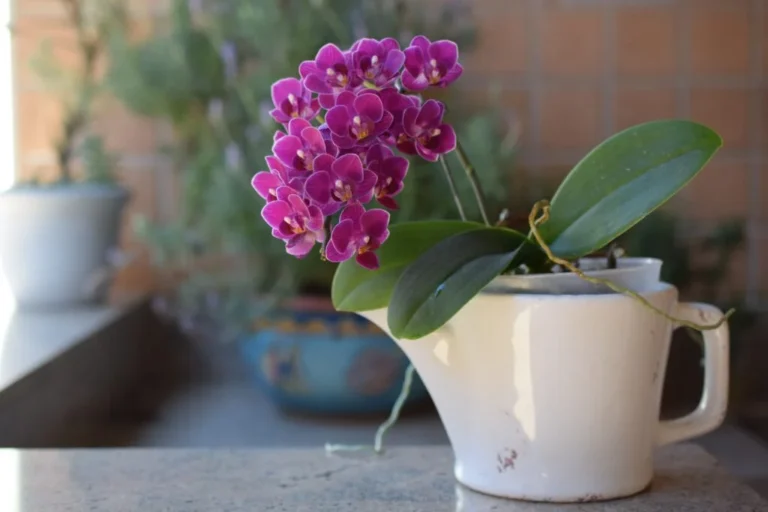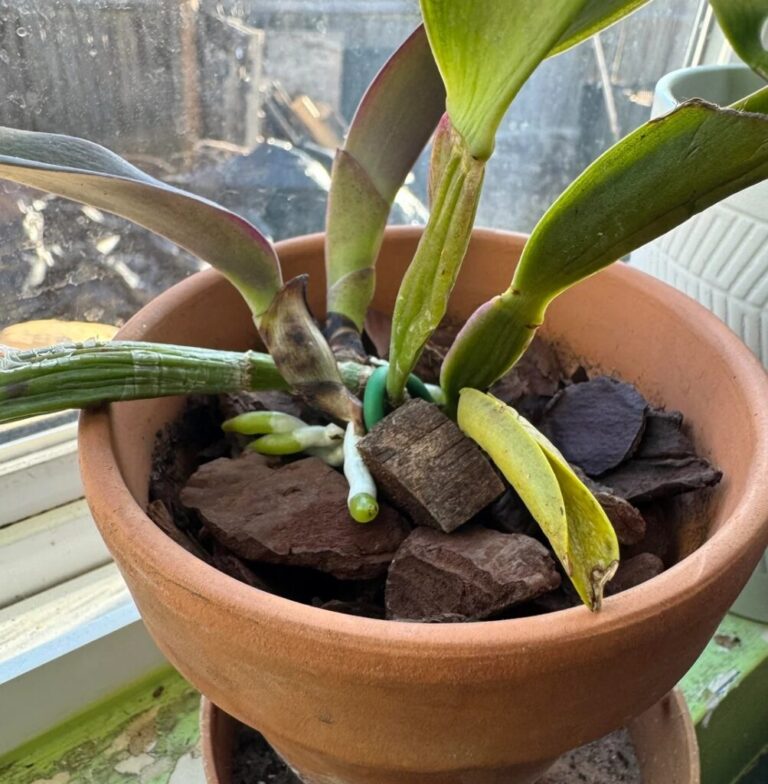Snake plants, also known as Sansevieria, are popular houseplants if you’re a proud owner of a snake plant, you may have noticed that the leaves are starting to turn yellow. While these plants are known for their hardiness and ability to thrive in low-light conditions, yellowing leaves can be a cause for concern. There are several reasons why your snake plant may be turning yellow, including overwatering, underwatering, exposure to cold temperatures, or even pests.
In this article, we’ll explore these potential causes and provide some tips on how to revive your snake plants and get it back to its vibrant, healthy state. Whether you’re a seasoned plant parent or new to the game, understanding the reasons behind your snake plant’s yellowing leaves can help you take the right steps to keep your plant happy and thriving.
because they’re easy to care for and can add a touch of greenery to any room. However, even with their low-maintenance reputation, snake plants can still experience problems like yellowing leaves. One common cause of yellowing leaves is overwatering, which can lead to root rot and ultimately kill the plant. On the other hand, underwatering can also cause the leaves to turn yellow and dry out. It’s important to strike a balance between
providing enough water to your snake plant without drowning it or letting it dry out completely. Additionally, exposure to cold temperatures can also damage the plant and cause leaves to turn yellow or brown. Pest infestations, such as spider mites or mealybugs, can also be the culprit behind yellowing leaves. With a little detective work, you can identify the cause of your snake plant’s yellowing leaves and take action to remedy the problem. In the following sections, we’ll explore each of these causes in more detail and provide tips on how to revive your snake plants.
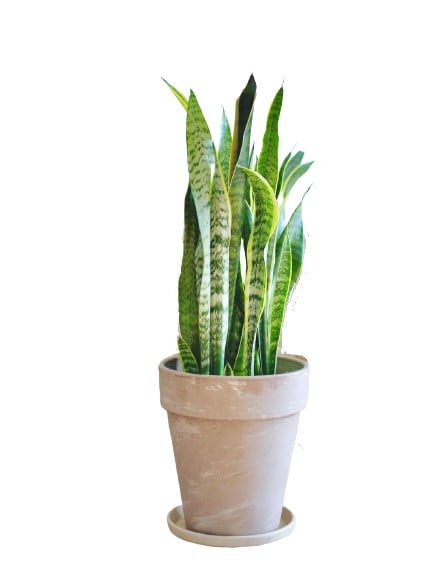
- 1 reasons snake plant turning yellow:
- 2 Snake plant turning yellow (direct sunlight )
- 3 Snake Plant Turning Yellow(Overwatering)
- 4 Snake Plant Turning Yellow(underwatering)
- 5 Snake Plant Turning Yellow(low light)
- 6 Snake Plant Turning Yellow(Pests )
- 7 Snake Plant Turning Yellow(Repotting).
- 8 Snake Plant turning yellow (Natural process)
- 9 Snake Plant turning yellow (Lack of Nutrients
- 10 Snake Plant turning yellow (Poor Drainage )
- 11 FAQ
reasons snake plant turning yellow:
Snake plant turning yellow (direct sunlight )
Yes, exposure to direct sunlight can cause snake plant leaves to turn yellow or even brown. Snake plants prefer bright, indirect light, so placing them in direct sunlight for extended periods can scorch the leaves.
If you notice that your snake plant is turning yellow and it’s located in a spot with direct sunlight, consider moving it to a shadier location. You can also use sheer curtains or blinds to filter the sunlight and prevent it from damaging the leaves.
If your snake plant is already sunburned, you can trim away the affected leaves and move the plant to a cooler, shadier location. It’s important to monitor the plant closely and make sure it’s not exposed to direct sunlight again.
In addition to sunburn, there are other factors that can cause snake plant leaves to turn yellow, such as overwatering, underwatering, pests, and disease. By identifying the root cause of the problem and taking appropriate action, you can help your snake plant recover and maintain its healthy, vibrant appearance.
Snake Plant Turning Yellow(Overwatering)
Overwatering is a common cause of yellowing leaves in snake plants. When the soil is constantly wet, it can lead to root rot, which causes the leaves to turn yellow and eventually die. Here’s how to tell if your snake plant is suffering from overwatering:
Yellowing leaves: The leaves of an overwatered snake plant will turn yellow, and the tips may become soft and mushy.
Root rot: If you gently remove your snake plant from its pot, you may notice that the roots are brown and mushy, which is a sign of root rot.
Foul smell: Overwatered snake plants may emit a foul odour due to the presence of rotting roots.
If you suspect that your snake plant is suffering from overwatering, take the following steps to help it recover:
Stop watering. Allow the soil to dry out completely before watering again. Depending on the severity of the overwatering, you may need to wait a few days or even a week.
Remove affected leaves: Trim away any yellow or brown leaves to prevent the spread of disease.
Repot the plant: If the roots are severely rotted, you may need to repot the plant in fresh, well-draining soil.
Improve drainage: Make sure that your snake plant is in a pot with good drainage, and avoid using saucers to catch excess water.
By taking these steps, you can help your snake plant recover from overwatering and maintain its healthy, vibrant appearance. Remember to monitor the soil moisture levels and avoid overwatering in the future
Snake Plant Turning Yellow(underwatering)
Underwatering is another common cause of yellowing leaves in snake plants. Here’s how to tell if your snake plant is suffering from underwatering:
Yellowing leaves: The leaves of an underwater snake plant will turn yellow and brown, and the tips may become dry and crispy.
Dry soil: If you insert your finger into the soil and it feels dry to the touch, your snake plant may need to be watered.
Droopy leaves: The leaves of an underwater snake plant may appear droopy and limp.
If you suspect that your snake plant is suffering from underwatering, take the following steps to help it recover
Water the plant: Water the plant thoroughly until water starts to drain out of the bottom of the pot. Make sure to water the plant when the top inch of soil is dry to the touch.
Remove affected leaves: Trim away any yellow or brown leaves to prevent the spread of disease.
Increase humidity: Snake plants prefer a humid environment, so you may want to increase the humidity in the room by using a humidifier or placing a tray of water near the plant.
Monitor soil moisture: Make sure to monitor the soil moisture levels and avoid allowing the soil to dry out completely.
By taking these steps, you can help your snake plant recover from underwatering and maintain its healthy, vibrant appearance. Remember to water the plant regularly and monitor its soil moisture levels to prevent underwatering in the future
Snake Plant Turning Yellow(low light)
Snake plants are known for their ability to tolerate low light conditions, but if they are placed in an area with insufficient light, their leaves may turn yellow. Here’s how to tell if your snake plant is suffering from low light:
Yellowing leaves: The leaves of a snake plant suffering from low light may turn yellow, particularly the lower leaves.
Slow growth: If your snake plant is not receiving enough light, it may grow more slowly than usual.
Thin stems: Snake plants grown in low light may have thin, weak stems.
If you suspect that your snake plant is suffering from low light, take the following steps to help it recover:
Move the plant: Move the plant to an area with brighter, indirect light. Ideally, snake plants should be placed near a window that receives bright, indirect light for several hours each day.
Monitor light levels: Monitor the light levels in the area where your snake plant is located and make sure it’s receiving the right amount of light.
Rotate the plant: To encourage even growth and prevent the plant from leaning towards the light source, rotate the plant every few weeks.
Fertilize the plant: Use a balanced, water-soluble fertiliser once a month during the growing season to help your snake plant thrive.
By taking these steps, you can help your snake plant recover from low light and maintain its healthy, vibrant appearance. Remember to monitor the plant closely and make adjustments as necessary to ensure that it’s receiving the right amount of light.
Snake Plant Turning Yellow(Pests )
Pests can also cause yellowing leaves in snake plants. Here are some common pests that can infest snake plants and cause yellowing leaves:
Spider mites: These tiny pests can infest snake plants and cause yellowing leaves with a stippled appearance.
Mealybugs: Mealybugs are small, white insects that can feed on the sap of snake plants, causing yellowing leaves and stunted growth.
Scale insects: These pests can appear as small, brown bumps on the leaves and stems of snake plants. They feed on the sap of the plant, causing yellowing leaves and a sticky residue on the plant.
If you suspect that your snake plant is suffering from a pest infestation, take the following steps to help it recover:
Identify the pest: Identify the type of pest that’s infesting your snake plant, as different pests may require different treatments.
Isolate the plant: If the infestation is severe, isolate the plant to prevent the pests from spreading to other plants.
Treat the plant: Use an insecticidal soap or neem oil to treat the plant and eliminate the pests. Follow the instructions on the product label carefully.
Monitor the plant: Check the plant regularly for signs of new pest activity and continue treating the plant until the infestation is completely eliminated.
By taking these steps, you can help your snake plant recover from a pest infestation and maintain its healthy, vibrant appearance. Remember to monitor the plant closely and take steps to prevent future infestations, such as regularly cleaning the plant and avoiding overwatering.
Snake Plant Turning Yellow(Repotting).
Repotting a snake plant can sometimes cause stress to the plant, which can result in yellowing leaves. Here’s how to tell if your snake plant is suffering from repotting
Yellowing leaves: The leaves of a snake plant that has been recently repotted may turn yellow
Wilting: The plant may appear wilted and limp.
Slow growth: The plant may grow more slowly than usual.
If you suspect that your snake plant is suffering from repotting stress, take the following steps to help it recover:
Water the plant: Water the plant thoroughly after repotting to help it recover.
Provide bright, indirect light: Place the plant in an area with bright, indirect light to encourage growth.
Avoid fertilizing: Avoid fertilizing the plant for at least a month after repotting to prevent further stress.
Give the plant time: Sometimes, yellowing leaves are simply a sign of stress and will resolve on their own over time.
By taking these steps, you can help your snake plant recover from repotting stress and maintain its healthy, vibrant appearance. Remember to monitor the plant closely and make adjustments as necessary to ensure that it’s thriving in its new pot.
Snake Plant turning yellow (Natural process)
In some cases, yellowing leaves on a snake plant may be a natural process and nothing to worry about. Here’s how to tell if the yellowing leaves on your snake plant are a natural process:
Older leaves turning yellow: It’s normal for the older leaves on a snake plant to turn yellow and die off as new growth appears.
Bottom leaves turning yellow: The bottom leaves on a snake plant are usually the first to turn yellow and die off as the plant grows taller.
Slow process: The yellowing process should be slow and gradual and not happen suddenly or rapidly.
If you suspect that the yellowing leaves on your snake plant are a natural process, there’s no need to take any action. Simply remove any yellow or brown leaves as they appear and continue to care for your plant as usual. As long as new growth is appearing, your snake plant is healthy and thriving. However, if you notice sudden or rapid yellowing of leaves, it could be a sign of a more serious issue, such as overwatering or pest infestation, and you should investigate further
Snake Plant turning yellow (Lack of Nutrients
If your snake plant is turning yellow, it could be a sign of a lack of nutrients. You can take the following actions to solve this problem:
Check the soil: Make sure your snake plant is potted in well-draining soil. If the soil is retaining water, the plant may be experiencing root rot which can cause yellowing. Additionally, check to see if the soil is depleted of nutrients.If so, fertiliser might need to be added.
Fertilize: Snake plants don’t require frequent fertilization, but if the soil lacks nutrients, you may need to fertilize. Use a balanced, water-soluble fertilizer and follow the instructions on the package for the correct application rate.
Adjust watering: Overwatering can lead to root rot, which can cause yellowing. Make sure the soil dries out between waterings and avoid watering too frequently. On the other hand, if you’ve been underwatering your snake plant, it may be suffering from drought stress. In this case, give it a good soaking and make sure to water it more frequently in the future.
Address lighting: Snake plants prefer bright, indirect light. If your plant is getting too much direct sunlight, it may be getting burnt and turning yellow as a result.Try moving it somewhere a little more shaded
Repotting: If the plant is root-bound, it may need to be repotted into a larger container with fresh soil. This will give it room to grow and absorb nutrients more effectively.
By addressing these issues, you should be able to help your snake plant recover from nutrient deficiency and turn healthy green again.

Snake Plant turning yellow (Poor Drainage )
If your snake plant is turning yellow, poor drainage could be the cause.You can take the following actions to solve this problem:
Check the soil: Make sure your snake plant is potted in well-draining soil. If the soil is retaining water, the plant may be experiencing root rot which can cause yellowing. Repotting the plant with fresh, well-draining soil may be necessary.
Adjust watering: Overwatering can lead to root rot, which can cause yellowing. Make sure the soil dries out between waterings and avoid watering too frequently. If the soil is still wet when it’s time to water again, wait a few more days before watering.
Repotting: If the plant is root-bound, it may need to be repotted into a larger container with fresh soil. This will give it room to grow and improve drainage.
Adjust lighting: Snake plants prefer bright, indirect light. If your plant is getting too much direct sunlight, it may be getting burnt and turning yellow as a result. Try moving it somewhere a little more shaded
Check for pests: Pests like spider mites and mealybugs can cause yellowing of leaves. Check your plant thoroughly for any signs of pests and treat with an appropriate insecticide if necessary.
By addressing these issues, you should be able to help your snake plant recover from poor drainage and turn healthy green
FAQ
Can yellow snake plant leaves turn green again?
Yes, yellow snake plant leaves can turn green again if the underlying issue causing the yellowing is addressed, such as overwatering or underwatering, low light, or nutrient deficiencies.
Why did my snake plant turn yellow?
There are several reasons why snake plant leaves may turn yellow, including overwatering, underwatering, low light, cold temperatures, pests or diseases, or nutrient deficiencies.
Should I remove yellow leaves from snake plant?
Yes, you should remove yellow leaves from snake plant as they won’t recover and can attract pests or diseases.
What does Overwatered snake plant look like?
Overwatered snake plant may have yellow leaves that are soft and mushy to the touch, with the soil feeling wet and possibly having a foul smell. The roots may also be rotting and turning brown or black.
How do you save the yellowing snake plant?
To save a yellowing snake plant, it’s important to identify the underlying cause of the yellowing, which could be overwatering, underwatering, poor soil quality, or a lack of light. Once the cause is identified, you can take steps to address it, such as adjusting watering habits, improving soil quality, or moving the plant to a brighter location.
Snake plant turning yellow and brown?
If a snake plant is turning yellow and brown, it may be a sign of overwatering or poor drainage. To save the plant, reduce watering and ensure that the soil is well-draining. Trimming away the brown and yellow leaves can also help encourage new growth.
Snake plant turning yellow and crispy?
If a snake plant is turning yellow and crispy, it may be a sign of underwatering or low humidity. To save the plant, increase watering frequency and consider placing a humidifier near the plant to boost humidity levels.
Why is the tip of my snake plant turning yellow?
The tip of a snake plant may turn yellow due to several reasons, including overwatering, underwatering, or exposure to direct sunlight. Adjusting watering habits and moving the plant to a more suitable location can help save the plant.
Snake plant turning yellow after repotting?
Yellowing after repotting is common as the plant adjusts to its new environment. It may be a sign of transplant shock or overwatering. To save the plant, reduce watering frequency and allow it time to adjust to its new pot and soil.
Snake plants have yellow leaves underwater.
Yellow leaves underwater may be a sign of overwatering, poor drainage, or a lack of oxygen. To save the plant, ensure that the soil is well-draining and adjust watering habits accordingly.
